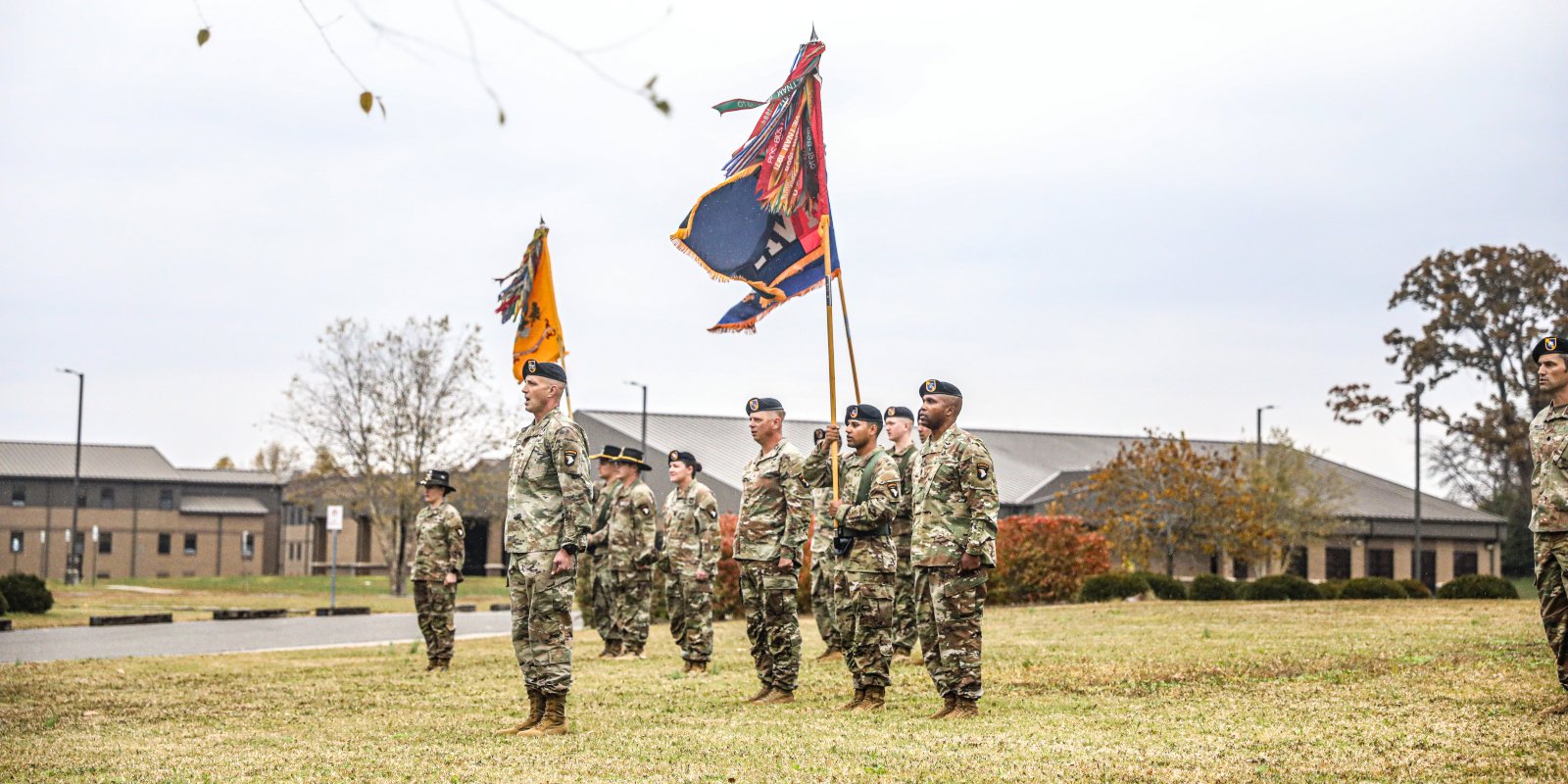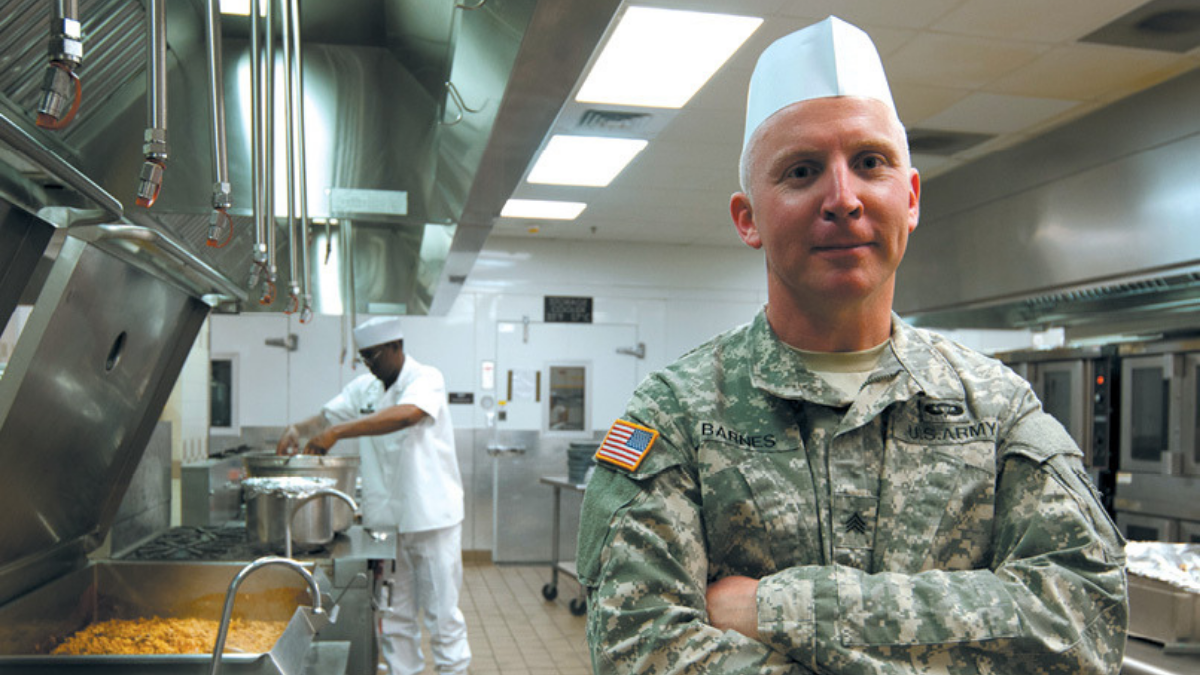2025 BAS RATES: KEY UPDATES FOR SERVICE MEMBERS

The military sets the Basic Allowance for Subsistence (BAS) annually to help service members cover meal costs at permanent duty stations, but it does not extend to their families. BAS rates fluctuate based on food costs, which can change due to inflation. The U.S. Department of Agriculture (USDA) provides data to determine these rates, though they often increase differently from other military compensations. Recently, lawmakers have been demanding better tracking and explanations surrounding missing funds that should have gone to warfighters but instead were used for other purposes.
2025 Basic Allowance for Subsistence Rates
Need a meal? Here’s how much service members receive for food each month based on their rank and the BAS rates in 2025:
- Enlisted: $465.77
- Officers: $320.78
- BAS II*: $931.54
*BAS II isn’t for everyone. If you’re an enlisted service member living in government quarters without proper access to "adequate food storage or preparation facilities,” you’ll qualify. Keep in mind that your pay grade and dependent status aren’t factors. The compensation you receive isn’t taxable.
Is It Enough?
The 2025 BAS rates increased by 1.2% from 2024. That’s less than the 2.9% inflation rate of the previous year. In fact, it’s less than half.
While the cost-of-living allowance (COLA) payment covers some of the rising expenses for those stationed in places with extra costly foods, not everyone receives this help.
Furthermore, even those in more affordable markets are still finding it difficult to afford the cost of food just to make ends meet.
The bottom line? Any increase is welcomed, and it’s not like BAS payments aim to make you rich, but at the end of the day, military families don’t just need help—they deserve it.
Misuse of Basic Allowance for Subsistence: 2025 Exposé
Need a meal? That’s what BAS is for. Yet, troops and taxpayers may be surprised to learn that a lot of this funding isn’t going to fuel warfighters. To make matters even worse, the military isn’t even being straightforward about where these funds are being allocated.
The Army deducts about $460 monthly from junior enlisted Soldiers' pay for food, yet much of it isn’t spent on meals. In 2024, over $151 million of the $225 million collected from 11 major bases was diverted elsewhere.
At Fort Stewart, GA, only 87% of collected funds went unused, while Soldiers often struggle with food shortages. In many cases, warfighters end up eating low-quality meals or grab-and-go snacks. Officials blame low dining hall attendance, yet poor food quality discourages use.
In 2024, Army bases collected significant funds from Soldiers for food via BAS payments, but much of it went unspent:
- Despite Fort Stewart collecting $17 million, only $2.1 million went towards food.
- At Fort Drum, only $3.9 million of the $18.2 million collected was used for meals.
- Fort Carson took in $22 million, but only $5 million was allocated for meals.
- Fort Riley spent $5.1 million on meals for troops, however, this is a far cry from the $19.1 million it collected.
- Only half of the money collected by Fort Bliss, equating to $11 million, went to food.
- Despite getting $42.5 million, Fort Cavazos only used $11.7 million of these funds to feed the troops.
- Fort Bragg collected $34.6 million, but only $16.6 million was used appropriately.
- A small percentage of the funds collected by Fort Campbell ($5.1 million) were used for food despite raising $18 million.
- There was $14.5 million gathered at Schofield Barracks, but the base ended up only using $5.3 million.
- Fort Wainwright only spent 33% of its $9 million collected, totaling $3 million.
- Fort Richardson used over half of the $7.5 million, where $4 million of the funding went to food costs.
Congress Wants an Investigation on BAS Funding
Politicians are demanding answers and an investigation into the BAS payments. Seeing as the Army has yet to clarify where the unspent funds are actually going, and government spending is being highly scrutinized through a public effort led by the Trump administration, it's no surprise.
Defense Secretary Pete Hegseth is now feeling the pressure to account for over $151 million while also figuring out why so many unanswered questions surround the program.
On top of the possible misallocation of funds, troops are also dealing with worse dining conditions. Where facilities used to offer more robust, nutritious options, some have suddenly closed, and others have reduced their hours. This is resulting in the reliance on more and more controversial food kiosks, which often lack nutritious options.
Furthermore, since at least 2022, the government has known that the Army isn't aware of how Soldiers use dining facilities, thanks to a report from the Government Accountability Office.
The calls for transparency and accountability are growing louder, as politicians are urging Hegseth to ensure Soldiers receive the meals they pay for and deserve.
The investigation is receiving bipartisan support, with a group of 21 lawmakers sending a letter questioning how the Army manages meal funds and ensures troops have access to quality food.
"Our service members are the best among us and expect fair compensation from their government. If a service member is losing money from their paycheck because they are being given a meal, it is reasonable for them to expect that funding will be used only to cover the costs of providing it and to ensure it is of the highest possible quality," said Sen. Raphael Warnock, D-Ga.
Eligibility Restrictions for 2025 BAS Rates
While the 2025 BAS rates strive to help warfighters cover their meals, not everyone is entitled to this compensation. This includes those in basic or officer training, although, if you’ve already undergone continuous enlisted service, exceptions may be made for you.
Additionally, those absent without official leave (AWOL) will not receive compensation and will likely face additional consequences.
Furthermore, if you are a warfighter who leaves to study for education or is in need of an excess leave, exemptions may also be provided.
Sources:
Basic Allowance for Subsistence (BAS), DoD. Accessed February 2025. https://www.dfas.mil/MilitaryMembers/payentitlements/Pay-Tables/bas/
Suggested reads:
Buddy Blouin
Buddy Blouin is a Contributing Writer at VeteranLife.com
Buddy Blouin is a Contributing Writer at VeteranLife.com
SHARE:



